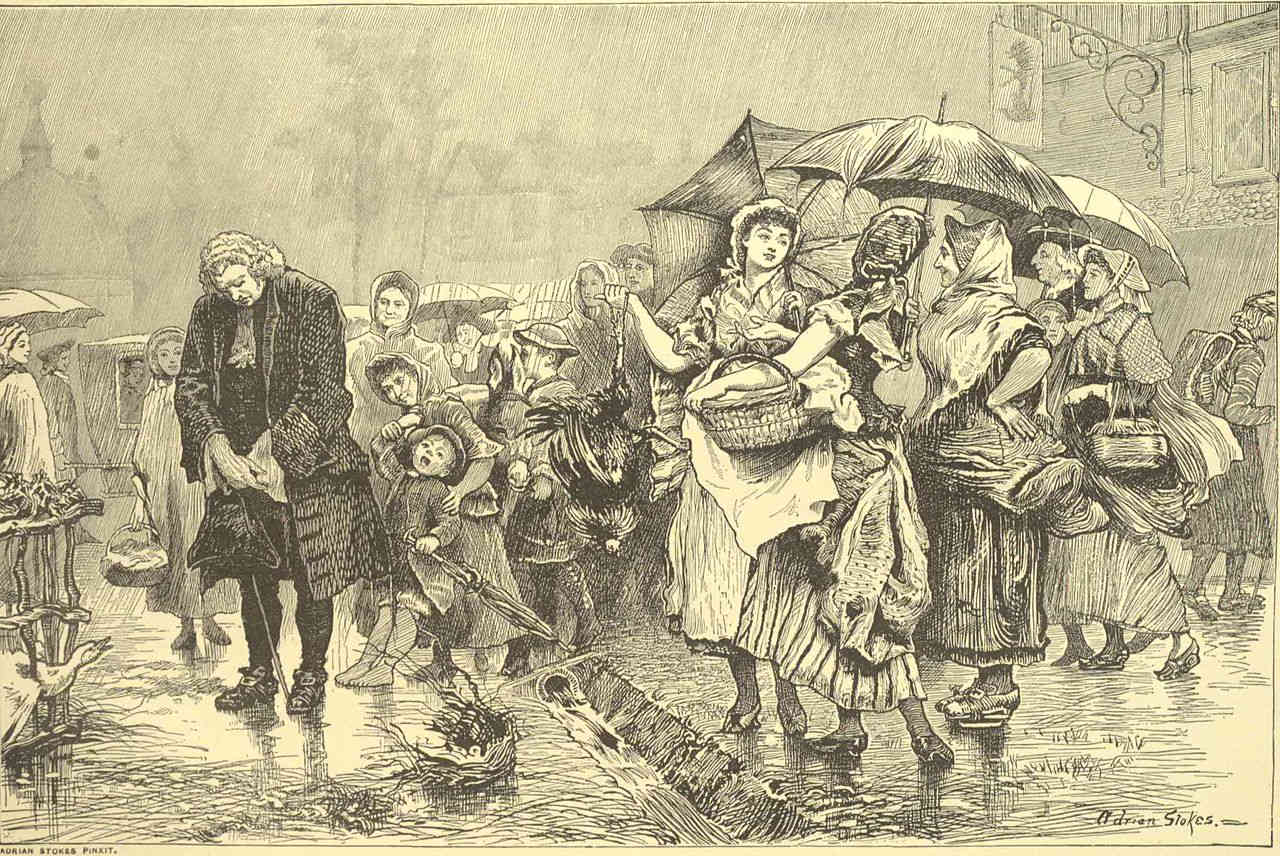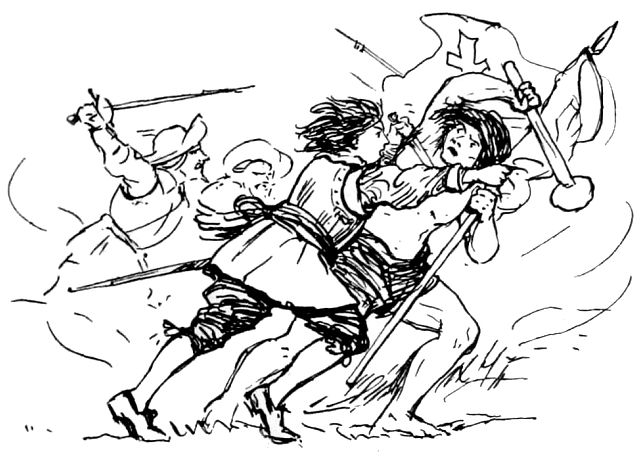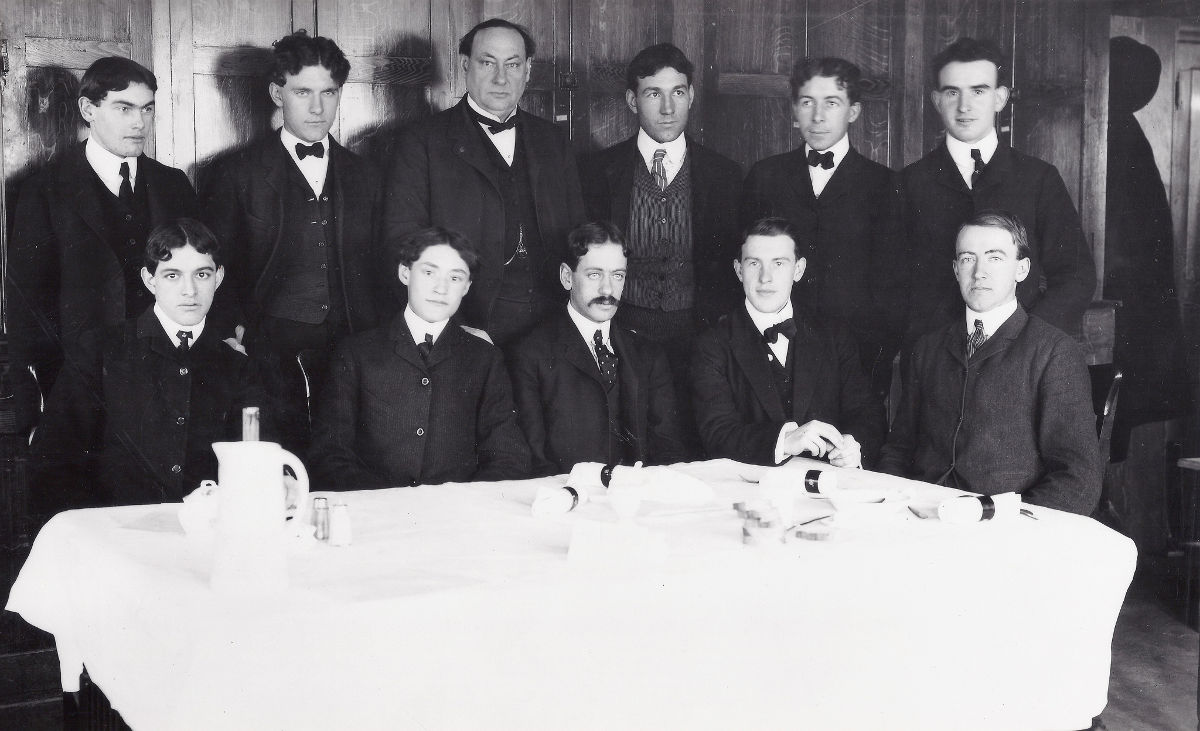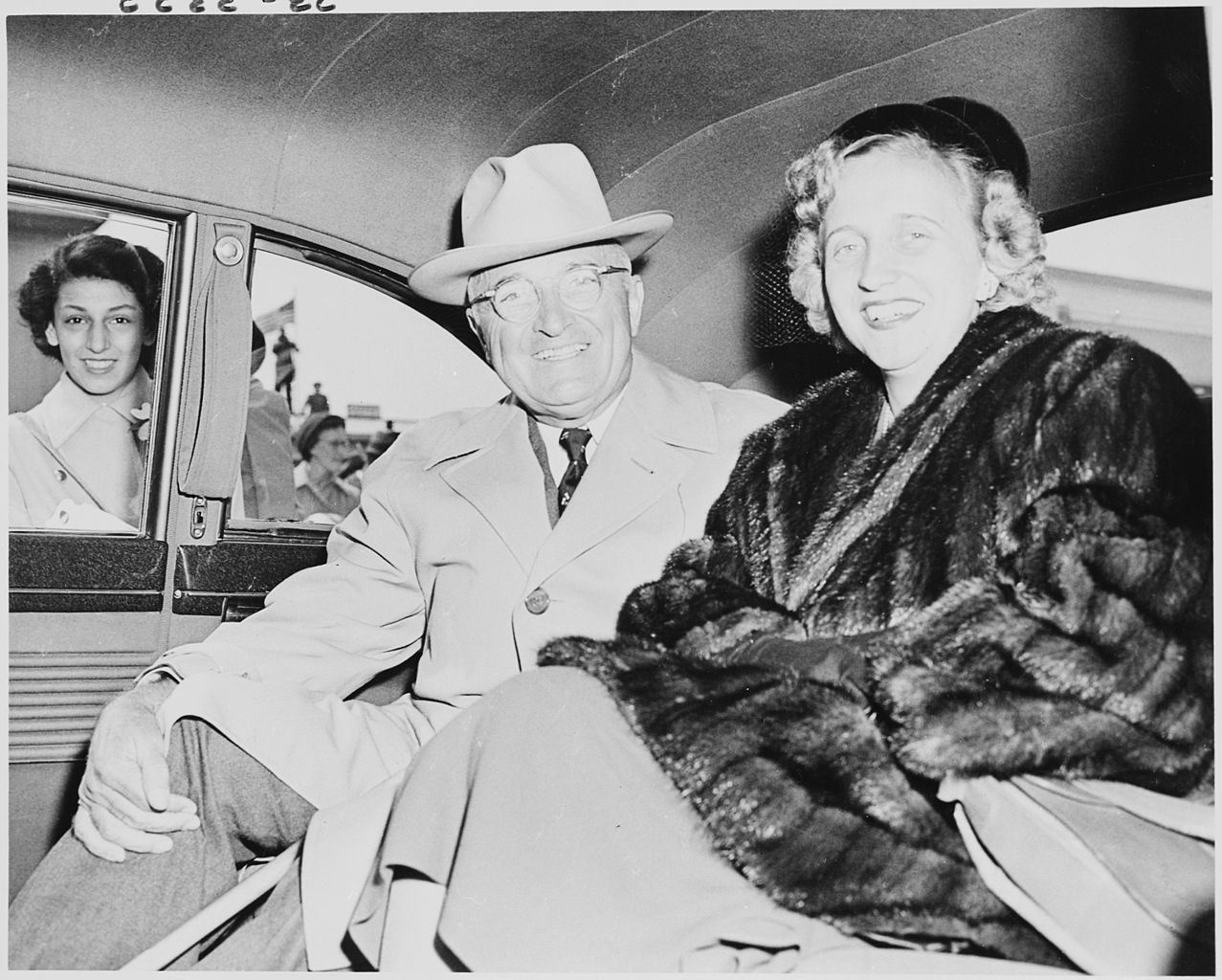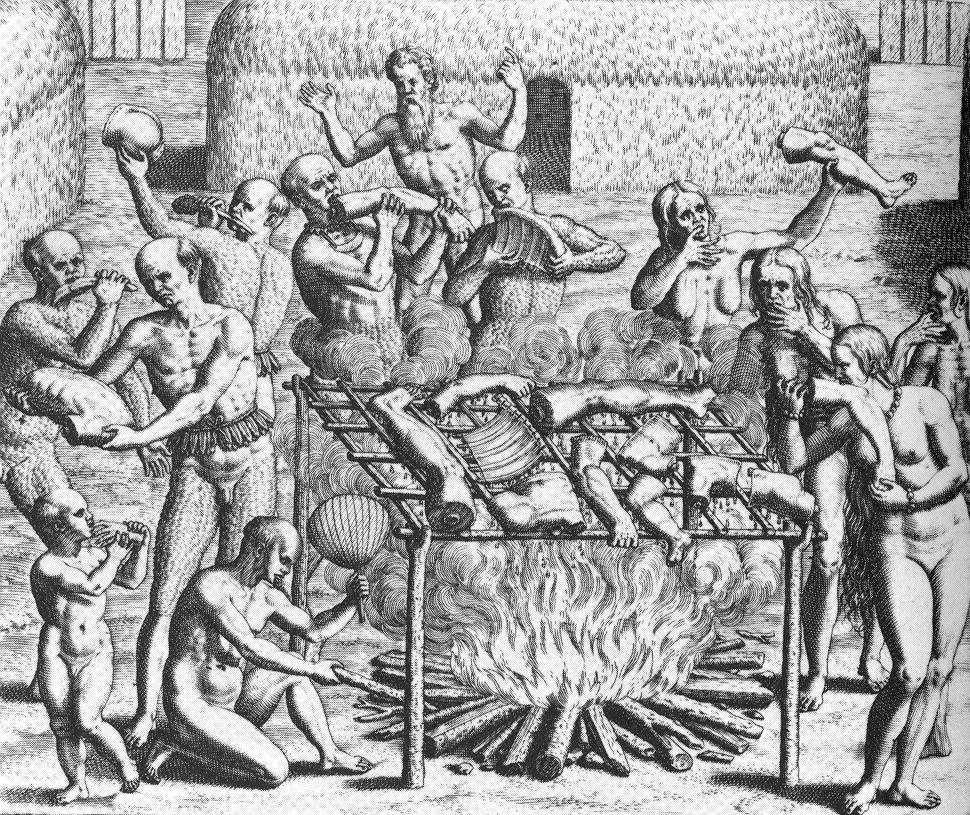Simonides, that extraordinary author of lyric poems, found an excellent remedy for his straitened circumstances by travelling around the most famous cities of the Asia, singing the praises of victorious athletes in exchange for a fee. When he had grown wealthy in this venture, he was ready to take a sea voyage and go back to his native land (he was born, so they say, on the island of Ceos). He boarded a ship, but a terrible storm (plus the sheer age of the ship) caused it to sink in the middle of the sea. Some of the passengers grabbed their money belts, while others held onto their valuables and any possible means of subsistence. A passenger who was more curious than the rest asked the poet, ‘Simonides, why aren’t you taking along any of your own stuff?’ He replied, ‘All that is mine is right here with me.’ It turned out that only a few were able to swim ashore, while the majority drowned, weighed down by what they were carrying. Then bandits arrived and took from the survivors whatever they had brought ashore, stripping them naked. As it happened, the ancient city of Clazomenae was not far off, which is where the shipwrecked people then turned. In this city there lived a man inclined to literary pursuits who had often read Simonides’s compositions and who was his great admirer from afar. He recognized Simonides simply from his manner of speaking and eagerly invited him to his house, regaling him with clothes and money and servants. Meanwhile, the rest of the survivors carried around placards, begging for food. When Simonides happened to run into them, he took one look and exclaimed, ‘Just as I said: all that is mine is right here with me, but everything that you took with you has now vanished.’
— Phaedrus (translated by Laura Gibbs)

